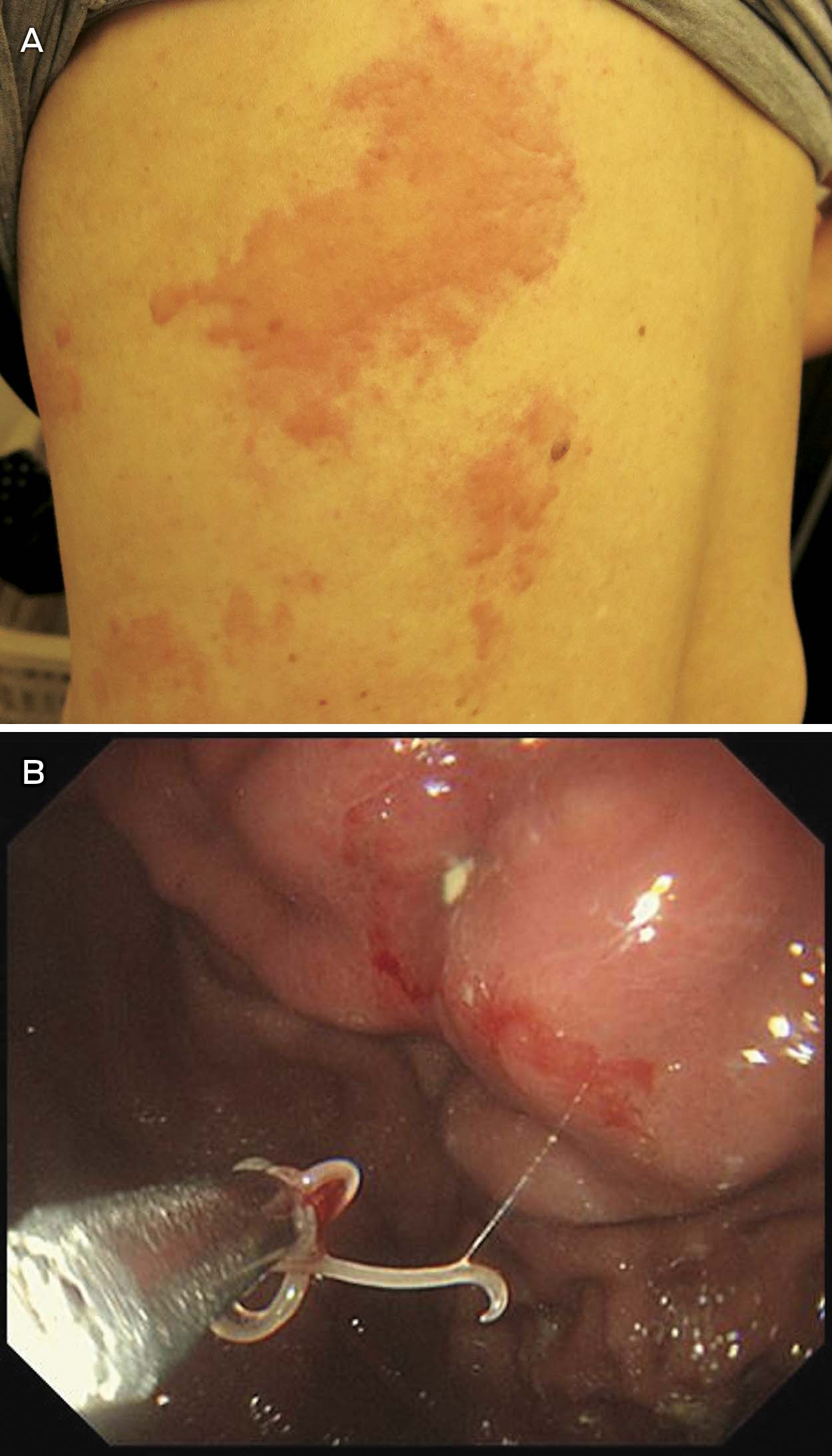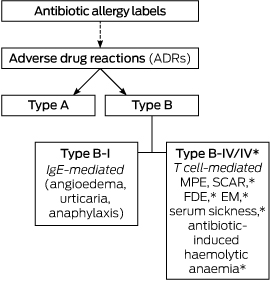Systems approaches are needed to recognise the complexity of the biological bases of psychiatric disease
The bases of mental disorders can best be understood as a complex interplay between biological, psychological, social and lifestyle factors: a classic bio-psycho-social-lifestyle model. There are undoubtedly some disorders where a biological model alone is more appropriate — this applies particularly to the psychotic disorders — but even in such cases it must be acknowledged that these illnesses are strongly influenced by psychosocial and lifestyle factors. What makes a biological understanding of mental illnesses necessary, however, is that it opens the way for the development of rational treatments. This has been the quest since antiquity, with treatments predicated on the putative underlying biological causes: purging and bleeding patients to correct imbalances in the humours to treat melancholia, which was attributed to an excess of black bile, or removing sources of focal infection, such as the teeth, tonsils and even the colon, that were once regarded as causing mental disorders. While these models perhaps now seem far-fetched, they were not entirely implausible when one considers contemporary neuro-endocrine and neuro-inflammatory models of mental illness.
Biological explanations of mental disorders gained momentum in the early 1950s through a series of fortuitous discoveries in psychopharmacology coupled with “reverse engineering”. Firstly, chlorpromazine, initially synthesised as an antihistamine, unexpectedly alleviated hallucinations and other symptoms of schizophrenia. Similarly, it was noticed that iproniazid, originally used to treat tuberculosis, made some lucky patients inappropriately happy; imipramine (considered to be another antihistamine) and structurally similar to chlorpromazine, was also found to have antidepressant activity.
As chemical neuroanatomy advanced from the late 1950s, models of mental illness were developed. For example, the dopamine hypothesis of schizophrenia was based, in part, on the discovery that chlorpromazine inhibited dopaminergic transmission, leading to further drugs being developed that blocked dopamine D2 receptors. It was subsequently found that imipramine and monoamine oxidase inhibitors with antidepressant properties also modified catecholaminergic transmission, and depression was consequently seen as the result of reduced catecholamine levels in the brain. This concept was refined by incorporating serotonin (5-HT) and the complex regulation of multiple monoamine receptor types into the model, and the development of agents that specifically targeted serotonin transmission, the selective serotonin re-uptake inhibitors (SSRIs). This focus on the monoamines and other neurotransmitters led to new me-too medications, the key elements of which remained blocking D2 receptors in schizophrenia and stimulating serotonin and noradrenaline receptors in depressive and anxiety disorders. The robust antipsychotic properties of clozapine, despite its being only a weak D2 receptor antagonist, spurred exploration of other neurotransmitters implicated in schizophrenia, including roles for 5-HT2A and 5-HT2C receptors, leading to the development of further second generation antipsychotics.
The winding road to new therapies
While these neurotransmitter hypotheses are of great heuristic value, they do not sufficiently explain mental disorders, nor does targeting these transmitter systems completely ameliorate their symptoms. Further, more recent findings have implicated several other pathways.
So how do we develop the next generation of therapies for people with psychiatric disorders? The traditional route was to identify a singular molecular focus, which could then be targeted. While this approach has intrinsic scientific rigour, is tightly hypothesis-driven, and has mechanistic appeal, it has not been a fruitful approach for developing truly novel therapies. It is also problematic for mental disorders, for which there is no clearly identified final common functional pathway, and where the patterns of biomarker abnormalities in seemingly different conditions overlap to a significant degree. This problem is partially the product of existing phenomenologically based diagnostic systems, such as the Diagnostic and statistical manual of mental disorders (DSM), which cannot accurately define phenotypes that are based on phenomenology rather than biological sub-categories. To overcome the problem, the National Institute of Mental Health (United States) has adopted a shift in emphasis in its Research Domain Criteria (RDoC) from diagnosis to symptom domains.1 These symptom domains — negative valence, positive valence, cognitive function, arousal, and social process systems — are mapped against the underlying genes, molecules, neural circuits and neurophysiology that putatively underpin them. While this new approach is a welcome injection of novel thinking, it matches clinical needs poorly, and we are yet to see positive outcomes from its application. There are nevertheless hopes that it will help elucidate brain processes and models of mental illness that can be used to identify therapeutic targets.
One can also adopt systems-based philosophies that are more broadly directed at networks involved in the pathophysiology of mental illness.2 This approach is gaining traction with the identification of a number of non-monoaminergic systems and processes that have been implicated in the pathogenesis of several psychiatric disorders, including inflammation, dysregulated oxidative signalling, neurogenesis, apoptosis and mitochondrial dysfunction. These functionally interacting cellular pathways combine in contributing to the dysregulation of systems and networks in the genesis of many non-communicable disorders, which are rarely the outcome of an abnormality in a single element. The gut microbiome has recently been identified as a critical system in its own right, with profound impacts on immune regulation and other systems. As it can be influenced by diet, it is correspondingly being seen as a plastic target in the development of novel therapies.3
A number of studies have examined such systems, and this approach remains one of the more promising avenues for therapeutic development. It must be noted that many of the known drivers of psychopathology, as varied as stress, poor diet, smoking, physical inactivity, sleep disturbance and vitamin D insufficiency, have common effects upon inflammation and oxidative stress, for example. While such drivers of psychopathology are deemed to be lifestyle factors, they exert their effects through their impact on recognised biological systems. By the same token, seemingly psychological risk factors, such as early trauma, can lead to biological changes through epigenetic effects on the reactivity of the hypothalamic–pituitary–adrenal axis and the activity of the immune system.
Putting it all together
An integrative model incorporating lifestyle and risk variants, operative neurobiological pathways, and the impact of those pathways on brain structure and function is thus beginning to emerge. The systems biology approach emphasises the fact that these are not siloed systems and that they interact intimately in complex and sometimes unpredictable ways. To capture the underlying pathophysiology of such multisystem dysfunction, novel molecular techniques, including the “omics” platforms, are needed, buttressed by big data analytic techniques. Researchers have leveraged these systems approaches to productively target inflammation, and a number of leads are being followed up, including the therapeutic benefits of agents such as celecoxib, aspirin, statins, minocycline, and antibodies to immune factors (such as tumor necrosis factor [TNF-α]).4 Given the ubiquity of oxidative stress in neuropsychiatric disorders, the first generation of investigations of therapies that modulate redox biology have been promising.5 In addition, the first studies targeting mitochondrial dysfunction are underway. Disruptions of the circadian system are also found in mental disorders, and novel treatments for re-synchronising these systems (bright light, melatonin receptor agonists) offer new approaches to therapy.6
A key element underpinning biological models of mental illness is the genetic component. High hopes of identifying a single gene for specific psychiatric disorders have evaporated with the advent of molecular genetics. In the disorders with the greatest heritability, numerous single nucleotide polymorphisms (SNPs) have been identified, each of which alone has only a very weak effect. More than 100 SNPs associated with schizophrenia have been identified by genome-wide association studies. A genetic relationship with the major histocompatibility complex locus has been described, and complement component 4 (C4) alleles that affect the expression of C4A and C4B proteins have recently been associated with schizophrenia;7 functionally, these findings may offer an explanation for the loss of cortical grey matter in people with schizophrenia. They also concur with much earlier biomarker findings that implicated abnormal C4 expression in the pathophysiology of depression.8 This illustrates that bottom-up biomarker and top-down genetic approaches can complement each other in clarifying the pathogenesis of psychiatric disorders. Additionally, in silico approaches have been used in hypothesis generation for detecting potential therapeutic agents.9
However, it needs to be stressed that almost all current therapies arose by exploiting serendipitous clinical findings, and it makes sense not to abandon this avenue of drug discovery.10 It remains crucial that clinical acuity and research platforms such as epidemiology continue to be utilised, to facilitate the detection of unexpected associations between treatment and clinical disease burden. A clear understanding of biological models of psychiatric dysfunction and how they interact and complement each other, using the full array of neuroscientific approaches available, remains essential for developing more effective therapies for disabling mental disorders. But this needs to be an iterative and bi-directional process, with back translation of clinical findings to reverse engineer neurobiology, historically a fruitful avenue for uncovering the underlying pathophysiology of these disorders.

 more_vert
more_vert

